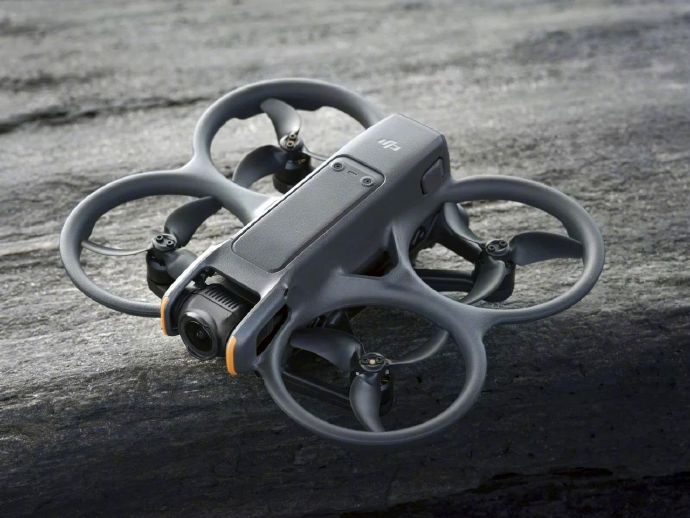Innovations in Aerial Technology: Drones in the Sky
With the rapid advancement of technology, drones in sky have revolutionized various industries. These unmanned aerial vehicles (UAVs) are not just tools for capturing breathtaking aerial views but are key players in fields such as agriculture, delivery services, and environmental monitoring. The sky, an expansive domain for drones, highlights their potential and versatility.
Key Features and Developments
The evolution of drones is marked by improvements in flight stability, speed, and camera quality. Many drones now come equipped with infrared sensors for night-time operations, making them invaluable for wildlife research and search and rescue missions. Enhanced battery life remains a focus, allowing drones to cover larger distances and stay airborne longer, thus broadening their applications in the drones in sky narrative.
Drones in Agriculture
Agriculture is witnessing significant transformation through drones. These aerial devices are adept at mapping vast expanses of farmland, identifying crop health through NDVI (Normalized Difference Vegetation Index) imaging, and even dispensing fertilizers with precision. By flying high and providing detailed views, they enable farmers to make informed decisions, improving both yield and sustainability.
Delivery Services

The ability of drones to navigate urban landscapes efficiently has led to their adoption in delivery services. Companies are continuously testing drones to transport goods swiftly, eliminating traditional logistical challenges. While regulations are still being established, the vision is clear: fleets of drones crisscrossing the urban sky, delivering packages directly to doorsteps.
Environmental Monitoring and Conservation
Drones play a crucial role in environmental monitoring, offering capabilities to oversee vast ecosystems. From tracking wildlife patterns to assessing the impact of deforestation, drones equipped with high-resolution cameras and sensors provide valuable data. Their presence in the sky aids conservationists in devising strategies to protect natural habitats.
Challenges and Considerations
Alongside these innovations, challenges persist. Concerns over privacy, security, and airspace congestion demand comprehensive regulatory frameworks. As the skies become increasingly populated with drones, establishing safe flight paths becomes pivotal to avoid accidents and ensure the technology’s long-term success.
FAQs About Drones in the Sky
How do drones stay stable in varying weather conditions?
Modern drones are equipped with advanced gyroscopic stabilization systems and sensors that adjust flight paths in real-time, allowing them to maintain stability even in windy conditions.
What are the regulations surrounding drone usage in urban areas?
Regulations vary widely by country and region, focusing on height restrictions, no-fly zones like airports, and commercial use permits. It is essential for operators to stay informed and compliant with the latest local laws.
Can drones harm wildlife?
If not operated responsibly, drones can disturb wildlife, causing stress or flight. It’s crucial for operators to observe ethical guidelines, especially in sensitive ecosystems.